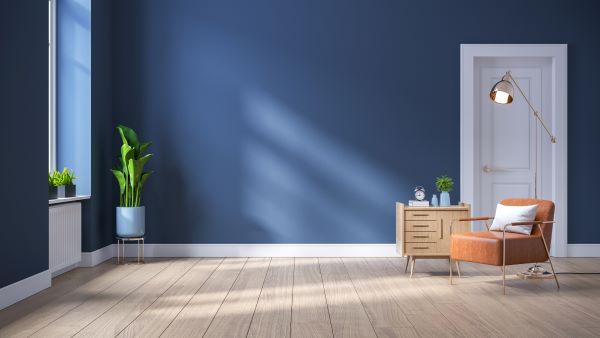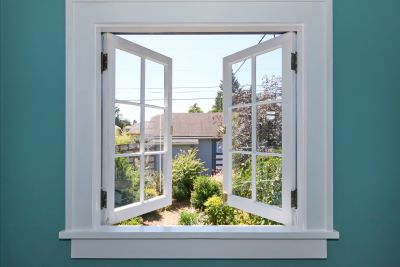No products in the cart.
How to Soundproof a Room – The Ultimate Guide

26
May
How to Soundproof a Room – The Ultimate Guide
It can be hard to decide where to start when staring your project to soundproof a room in your home. Before anything else, you need to determine which room or rooms to soundproof, since some rooms may not need as much treatment as others. For example, your bedroom will likely require more soundproofing than an unoccupied guest bedroom, and your home office may require the same amount of soundproofing as your bedroom.
Typically when soundproofing a room, there are 4 main areas to focus on (in order from easiest to sound soundproof to hardest to soundproof) –
- Doors
- Windows
- Floors
- Walls
With ease also comes affordability, it’s much easier and much more affordable to soundproof a door than it is to soundproof an existing wall. Also, keep in mind that replacing any of the above items to soundproof it will always be much more expensive, and possibly not as effective, as treating the item with a soundproofing product.
Soundproofing the Door of Your Room

In order to soundproof the door to a room, you’ll need 3 things – door seals, a door sweep and an STC rated soundproofing door cover.
Doors are fairly simple to soundproof and you should only need 3 things:
Like we said earlier, always start with the most affordable option, which would be the door sweeps and seals. These surround the perimeter of a door, and prevent sound leaks through any possible gaps around a door (you’ll typically notice a gap at the bottom of most doors). It’s very important to start here because the 1% rule says that a 1% gap in a surface will let in up to 50% of sound.
If using both door sweeps and door seals is sufficient enough for soundproofing the door to your room, you can stop there, otherwise you should consider a soundproof door cover. The AcoustiDoor soundproofing door cover is made using a mass loaded vinyl core, a material used to soundproof walls. When placed over a door, it can help to increase the door’s ability to block sound from a room.
Soundproof Windows in Your Room
Windows are also pretty simple to soundproof, but since treatment options are more limited, they’re slightly more expensive than door soundproofing materials. We mainly recommend soundproofing curtains as the main solution for soundproofing the windows in your room.

Window soundproofing doesn’t have to be that difficult, especially when choosing the correct soundproof curtains. When using soundproof curtains in a room, ensure they’re made with STC rated mass loaded vinyl.
Similar to a soundproof door cover, soundproofing curtains are made with a mass loaded vinyl core, and covered in cotton canvas fabric so they look like regular drapes.
Soundproof Floors in or Above a Room
Soundproofing floors can be very complex, and can get expensive since it usually involves purchasing and installing new finished flooring. In order to soundproof the floor of a room, you should consider a rubber sound mat, also known a a soundproof floor underlayment.
Sound mats act as a decoupler and a shock absorber to prevent the sound of footsteps and talking from transferring from the top floor to the floor below. This can be accomplished by either:
- Remove the existing floor, install sound mat per manufacturer instructions, re-install finish flooring
- Install sound mat over existing finish floor, install another layer of finish floor
As we mentioned above, you should always start with the more affordable options, but floors are a little tricky. If the sound issues from your floor aren’t severe, you can try placing area rugs on the second floor of your home to help cushion some footfall sound, but they won’t work for blocking sound transfer between floors.
Wall Soundproofing in Your Room
Walls are notoriously hard and expensive to soundproof once they’ve already been constructed. In order to soundproof an existing wall, you either need to tear it down to the studs, or you can work on the existing wall – tearing it down to the studs will be more effective, and both options will be a bit expensive.
Mass loaded vinyl is the best wall soundproofing material on the market, it is typically sandwiched between the studs and a finished layer of drywall, but it can also be sandwiched between and existing layer of drywall and a new finished layer of drywall – as mentioned earlier, the former is more effective than the latter.
How to Soundproof a Room – Offering Free Consultations
Did you know: we can help you get the most out of your AcousticCurtain™ and/or AcoustiDoor™ purchase by helping you find the perfect product for your specific needs?
At Residential Acoustics, we pride ourselves on helping you reduce the sound in your bedroom, living room and office with quality, state-of-the-art products—an easy and affordable way to soundproof your home! By using soundproofing curtains with real STC ratings, you can soundproof your bedroom with ease!
To ensure you get the absolute best results, we offer FREE over-the-phone consultations and will even review any pictures you e-mail to us. One of our soundproofing experts will assess your current situation, assist you in diagnosing your issues and offer a solution; we’ll explain major issues and the best approach to fix them.
Our goal is to talk to you to understand your unique issues and help you live noise-free!
So, what are you waiting for? Call TODAY for a FREE over-the-phone consultation! We also welcome all e-mails and photos to service@residential-acoustics.com.
We look forward to hearing from you!
